Beautiful trees in the south
There are beautiful trees in the south. Tea plants grow in the south of China because they enjoy warm, humid and shaded environments. The environment has great influence on the quality of finished tea. Its taste changes depending on the soil, water, climate, and sunlight. Good quality teas usually come from a mild climate with abundant rain and humidity with rich soil and moderate sunlight.
SIP ALONG with
Bai Ya Qi Lan
$10.00 – $34.00
Dry Leaf: roasted nuts, cocoa, sweet and creamy flowers
Liquor Colour: bright orange
Mouth Feel: refreshing and smooth, brisk.
Flavour: sweet potato with hints of toastiness, creamy, floral, lingering after sweet
Lid: Creamy and toastiness
-
Description
This sweet and creamy Qi Lan delivers a wonderful after sweet with a refreshing mouthfeel. In the first infusion, I detected a hint of spiciness (gentle cinnamon/clove) that was pleasantly surprising. Further infusions brought out sweet potato and toastiness with hints of cocoa and a floral (lilac) aroma which continued well into a 6th infusion. The after sweet always came on strong and gave this tea an incredibly refreshing aspect. The gaiwan lid had a unique dandelion aroma, not found in the tea, but also shared the cocoa toastiness that we both taste and smell from the leaf. Don’t forget to smell the bottom of your cup after it has cooled slightly, you’ll be treated to a brown sugary treat!
-
Additional information
Origin Dadong Mountain, Pinghe County, Fujian Province.
Harvest Early May, 2023.
Gongfu Brewing 5g/125ml at 100°C for 30 sec, add 10s for successive infusions. 5-7 infusions.
Storage Sealed well in a cool, dry, dark location.
-
Reviews (3)
3 reviews for Bai Ya Qi Lan
You may also like…
-
Tie Guan Yin Classic
$16.00 – $59.00 -
Shui Xian
$11.00 – $39.00 -
Fenghuang Dan Cong – Rou Gui Xiang
$19.00 – $70.00 -
Wuyi Qi Lan
$16.00 – $59.00
Soil
Soil is the base for tea plants, providing water and nutritions for their growth. Therefore, the composition of the soil is directly related to the quality of the tea plant. Tea plants usually grow on mid to low mountainous areas with acidic soil. Most of these soils are sandy loam with granite stone (granitic sandy soil) or purple soil with shale.
In “The Classic of Tea”, Lu Yu pointed out that the best soil for tea growing is the rotten soil (granitic sandy soil). Rocky and sandy soil is fine too. But Loess soil (soil made up of fine particles) is not desired. This shows that tea plants like well drained soil with lots of organic nutrients and minerals.
-
Ming Qian Not Long Jing
$8.00 – $29.00 -
Rou Gui
$14.00 – $50.00
Climate
The ideal climate for tea plants is warm and mild climate, abundant rainfall, misty and less direct sun.
Temperature decides the volatility of the enzymes in the plant, which consequently affect the accumulation and alternation of the substance in the plant. Tea plants grown in different temperatures have different nutrition levels too.
Ample rainfall reduces the condensation of carbohydrate which generated by photosynthesis, which consequently reduces the forming of cellulose. This means that the tea plants will be able to maintain the tenderness and freshness of its new buds for a longer time. At the same time, sufficient water also facilitates the plant’s usage of nitrogen, improve not only the nitrogen content but also the amino acid level in the leaves. All of these make the tea leaves tender and rich in flavor.
-
Aged Tian Jian
$14.00 – $52.00 -
Old Tree Sheng Pu’er 2017
$25.00 -
Shu Pu’er Coins
$18.00 – $167.00
Good tea comes from high mountain
Throughout history, either the royal tribute teas of various dynasties, traditional famous teas, or recently created premium teas, most of them come from mountains. Some of them even named after the mist of the mountains, such as Lushan Yun Wu from Jiangxi Province, Nanyue Yun Wu from Hunan Province.
Tea from high altitude has a vigorous green color, lots of trichomes, longer internodes. And they tend to be more tender. Tea made with such material has its own unique flavor with more prominent aroma, richer taste, longer endurance when brewed. The look of such tea tends to be sturdier, tighter in shapes. The trichomes show clearly with abundance on dry leaves. Teas grow on plains tend to have shorter sprouts. The leaves are stiffer and thinner, which makes them look more flat. The leaves are duller and yellowish-green. The tea made with such material tends to have a fainter aroma, lighter taste. The look of it is narrow and skinny, emaciated and lighter in weight.
Of course, plain can produce great tea as well, as long as the garden has the environment that the tea plants love.
Light
Though tea plants need sunlight for photosynthesis and produce organic substances. Gentle sunlight is desired, especially soft, diffused light. Grown in the environment with sufficient diffused light, tea plants can produce more nitrogen components which is beneficial for the quality of tea.
The best environment for tea plants is on the mountain slope with sufficient sun and proper shade. Lu Yu stated in Classic of Tea, tea grown on the sunny slope shaded by the forest is the best. He also said tea grown on the shaded slop should not be plucked, the character/property of such leaves is stale, which can cause disease.
-
Da Ye Qing
$8.00 – $29.00 -
Tie Guan Yin Classic
$16.00 – $59.00
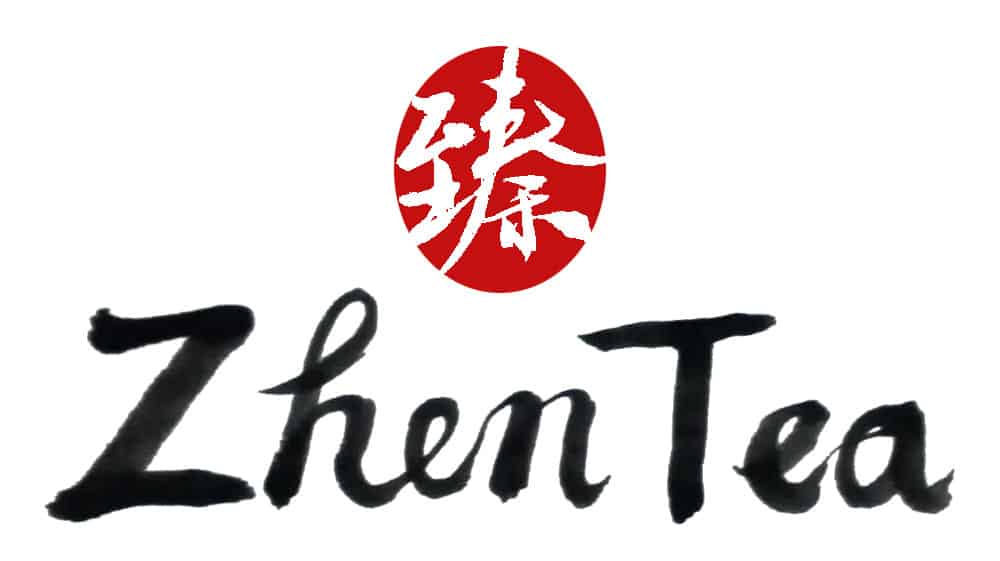

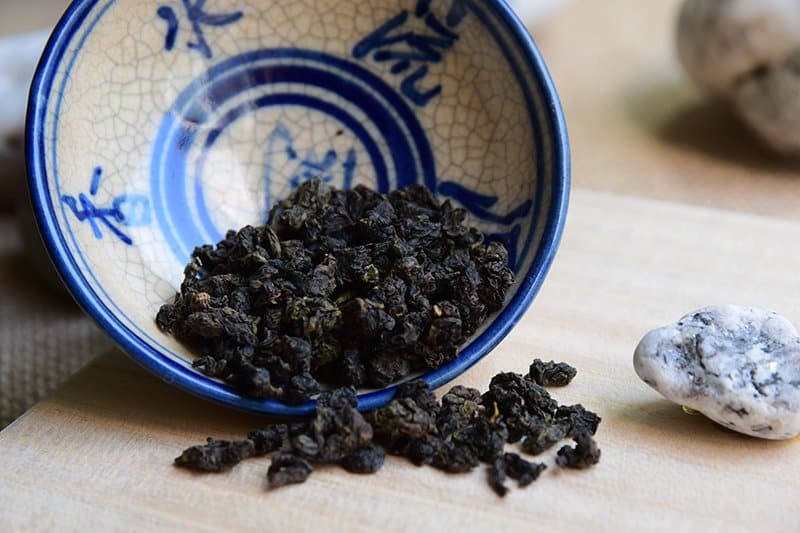
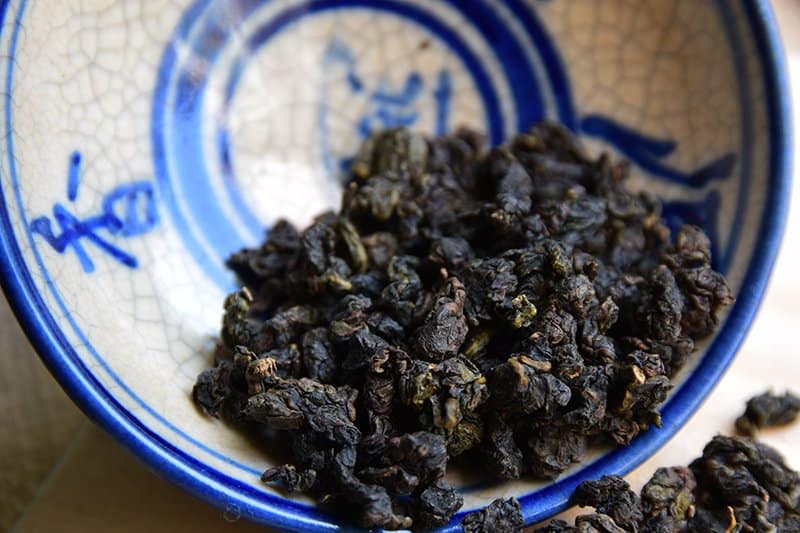
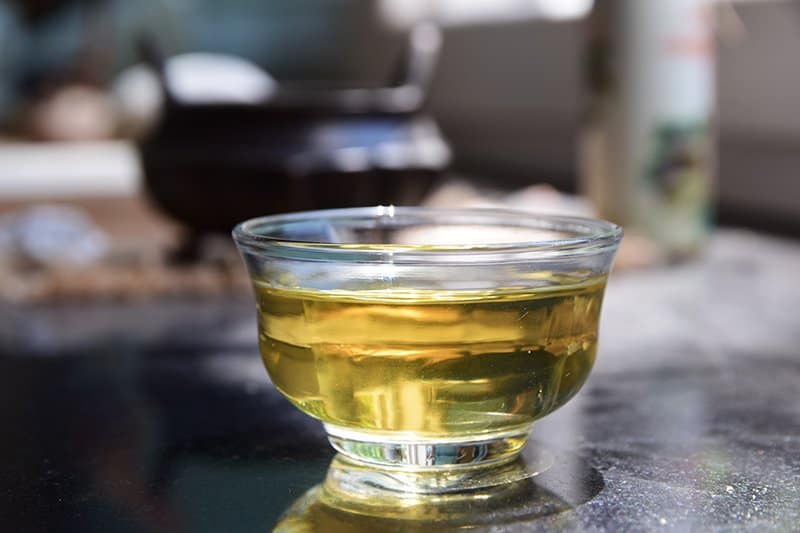
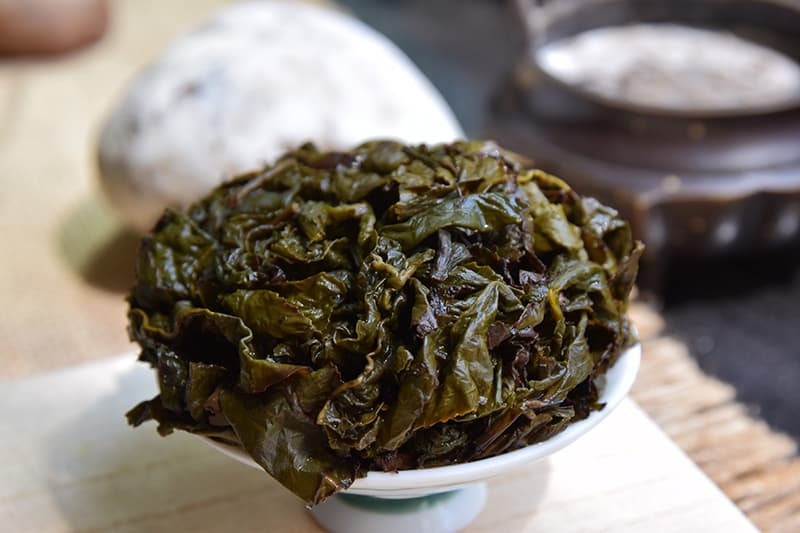
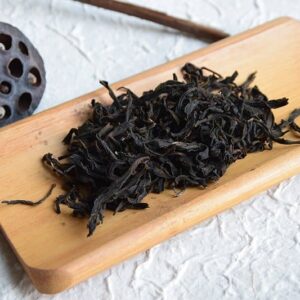
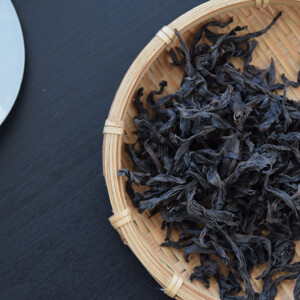


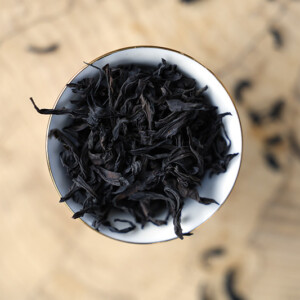
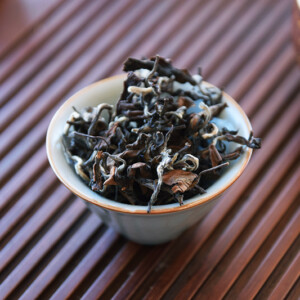

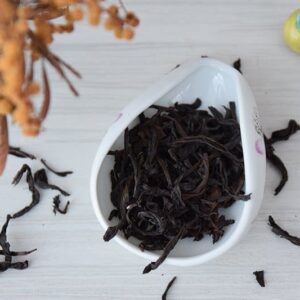
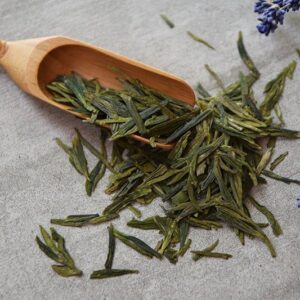
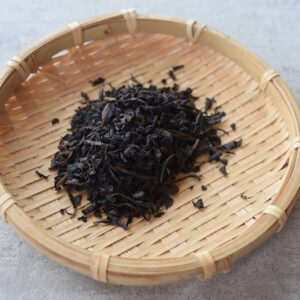
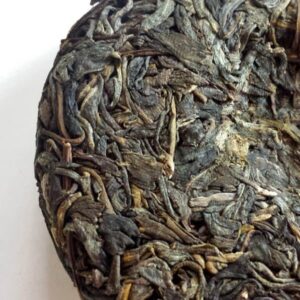
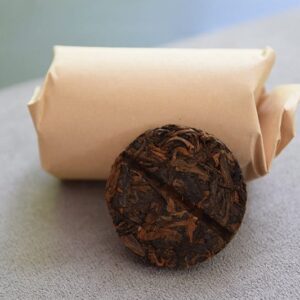



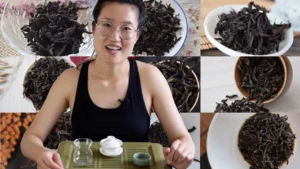
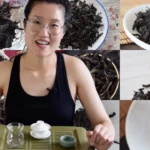




Mrwilson –
This is my favorite afternoon sipping tea. The color of the brewed tea is a beautiful orange, especially if seen in the sun. The liquor is brisk, yet is never overpowering
GAL in NoVa –
This is incredible! This tea has a very thick soupy mouth feel, which I love, and is incredibly juicy, while still having a slightly astringent tone to it that normally I would not associate with this juicy a tea. The taste is nutty and warm and sweet. I get a toasted sensation without any malt or cocoa notes. I actually get a hint of a really dark berry as well as a little bit of floral. For me, the sweet potato is not really there, but I do have migraine and that influences the way I taste things vis-à-vis how other people might describe them, so I can’t say that I’m not tasting it, it’s just that I wouldn’t characterize what I’m tasting as that. This oolong is very comforting and even though I’m drinking it on a very hot day and it’s very, very pleasant, I could see this being a tea that one would really gravitate to on a cold and rainy day because it is so warm and soothing. This is exceptional tea.
Heather –
This tea is Delicious, rich and complex
Sweet, smooth, lightly roasted… I taste biscuits or pie crust. It just makes your mouth water! The first couple steeps I get a citrus and pineapple notes, and it has such a sweet juicy finish.. like a fruity Crousont in a cup. 4th and 5th steeps I’m getting coconut notes as well
There a slight nip of astringency, but it just adds to the overall sweet juicyness of this tea. Absolute delight to sip!